How To Make A Chicken Coop Automatic Door?
Building a chicken coop with an automatic door is a practical enhancement that can significantly improve your poultry-keeping experience. This addition ensures that your chickens are safely enclosed at night and free to roam during the day without requiring constant manual intervention. In this article, we will guide you through the considerations, materials, and steps to create an efficient automatic door for your chicken coop.
Why Invest in an Automatic Chicken Coop Door?
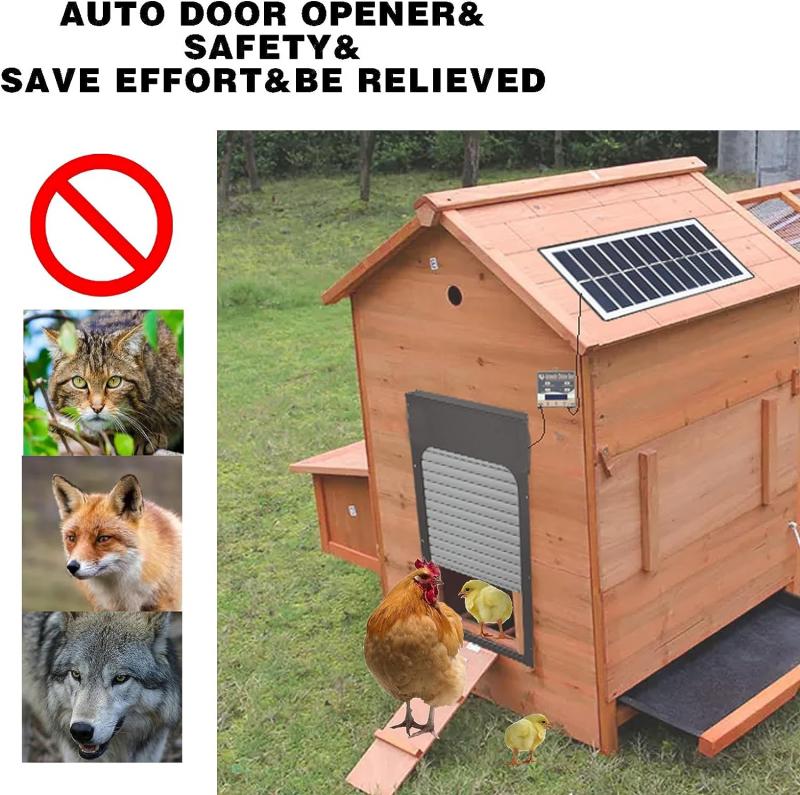
Before diving into the construction process, it's essential to understand why an automatic door can be a beneficial upgrade:
1. Enhanced Security: An automatic door ensures that your chickens are safely locked inside the coop during nighttime, protecting them from predators.
2. Convenience: The automatic operation eliminates the need for you to be present at dawn and dusk every day to manually open and close the door.
3. Energy Saving: Automating the door can help maintain the chickens' routine without your intervention, particularly beneficial during extreme weather conditions.
Choosing the Right Design and Components
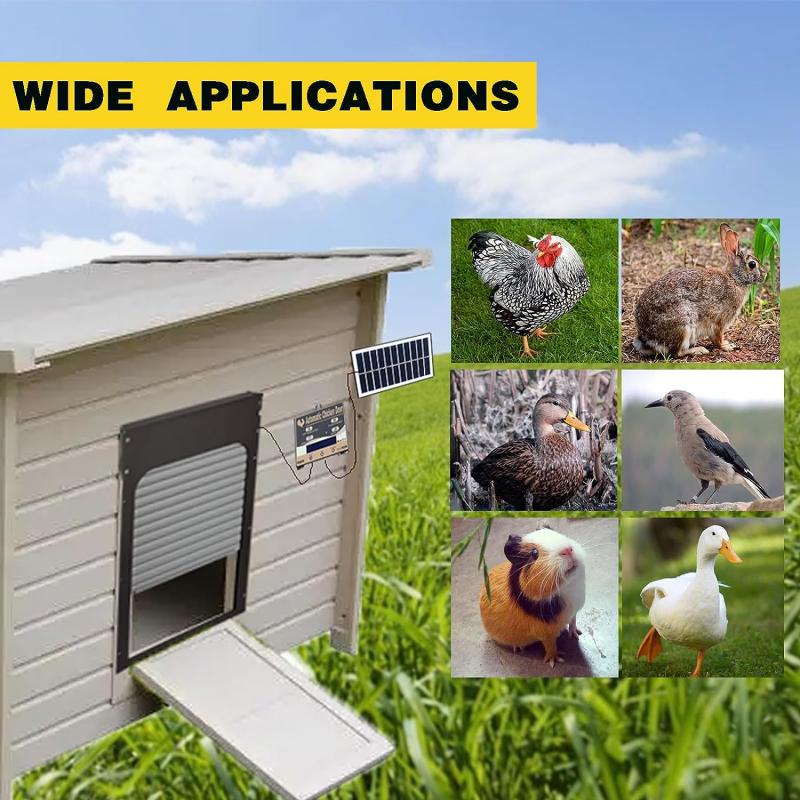
There are various designs and mechanisms you can consider for your automatic chicken coop door. Some common options include:
1. Motorized Sliding Door: A door that slides up and down, driven by a motor.
2. Swinging Door: A door that swings open and closed, typically attached to a powerful motor.
3. Lift-Up Guillotine Door: A vertical door that lifts upwards, which uses an actuator for movement.
Key Components You'll Need
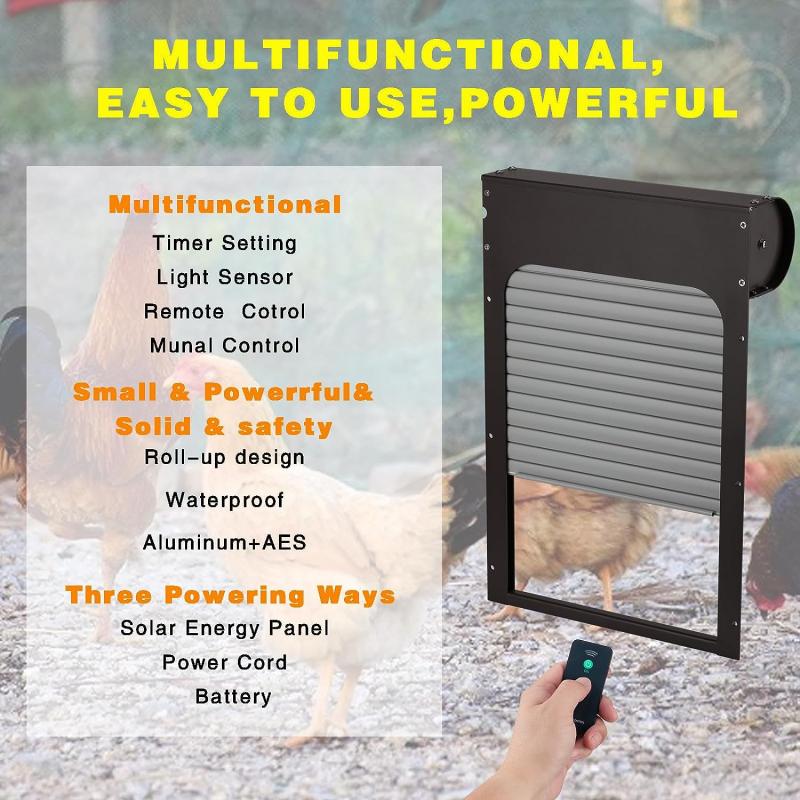
1. Door Material: Durable materials such as wood, metal, or thick plastic are ideal. Ensure it can withstand harsh outdoor conditions.
2. Motor or Actuator: You'll need an efficient and reliable motor or actuator to operate the door. Linear actuators are commonly used for sliding or lift-up designs.
3. Controller: This can be a simple timer, a light sensor, or even a programmable controller, depending on the sophistication you desire.
4. Power Supply: Depending on the motor and controller, you may need a battery pack, solar panel, or an electricity supply.
5. Safety Features: Including a failsafe mechanism to prevent the door from closing on a chicken, such as an obstruction sensor or manual override.
Step-by-Step Guide to Building an Automatic Chicken Coop Door

Step 1: Planning and Measurements
Before you begin any construction work, measure the exact size of the door opening of your chicken coop. The door must be large enough for your chickens to pass through comfortably and positioned for easy access.
Step 2: Assembling the Door Frame
Construct a sturdy door frame using your chosen material. If you opt for wood, ensure it is treated to withstand moisture and pests. Attach guide rails if you are building a sliding or lift-up door to facilitate smooth movement.
Step 3: Installing the Door
Securely fit the door into the frame. If using a sliding door, ensure it can move freely along the guide rails without obstruction. For a swinging door, check that the hinges are robust and allow effortless swinging action.
Step 4: Attaching the Motor or Actuator
Mount the motor or actuator in a position where it can effectively operate the door. For sliding or lift-up doors, attach the motor above the door, ensuring it pulls and releases the door smoothly. Connect the motor to the door using a sturdy attachment mechanism, like bolts or a strong cable.
Step 5: Configuring the Controller
Set up your chosen controller to automate the door's operation. If you are using a light sensor, ensure it's placed in an area that accurately reflects dawn and dusk conditions. For timers, program them according to your local sunrise and sunset times. More advanced controllers might allow for programming additional features, such as gradual door opening and closing speeds.
Tips for Maintenance and Troubleshooting
To ensure the longevity and efficient operation of your automatic chicken coop door, follow these maintenance and troubleshooting tips:
1. Regular Checks: Regularly inspect the door for any obstructions or mechanical issues. Make sure the motor or actuator is securely attached and functionally optimal.
2. Lubrication: Keep the moving parts, such as rails and hinges, lubricated to prevent rust and ensure smooth operation.
3. Battery and Power Supply: Check the power supply frequently to ensure it is sufficient and batteries, if used, are charged.
4. Safety Mechanisms: Test the safety features periodically to ensure they are functioning correctly. This includes the failsafe mechanisms and manual overrides.
5. Weatherproofing: Ensure that all components, especially the electronics, are weatherproofed to prevent damage from exposure to the elements.
Additional Enhancements and Considerations
1. Backup Power: Consider integrating a backup power source, such as a solar panel or a secondary battery, to ensure the door operates even during power outages.
2. Remote Monitoring: For those looking for advanced features, consider integrating smart technology that allows you to monitor and control the door remotely.
3. Predator Deterrents: Enhance security by adding predator deterrents around your coop, such as electric fencing or motion-activated lights.
Building an automatic door for your chicken coop is a significant project that offers unparalleled benefits in terms of security, convenience, and operational efficiency. By following the steps and tips outlined above, you can construct a reliable and effective system tailored to your poultry-keeping needs. Remember to plan carefully, use quality materials, and regularly maintain the setup to ensure long-term functionality. With an automatic door, you will enjoy peace of mind knowing your chickens are protected and well-tended, regardless of your schedule.


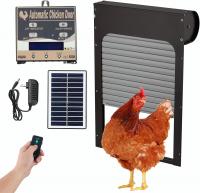

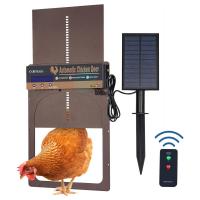

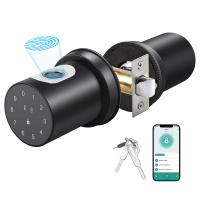



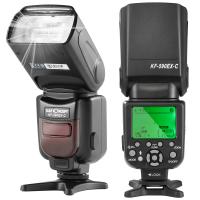

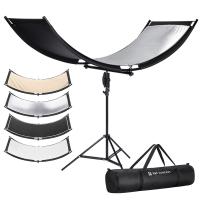
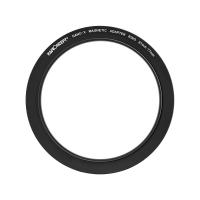

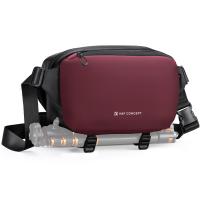

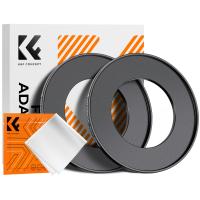
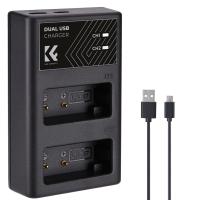


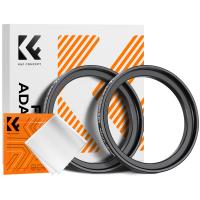
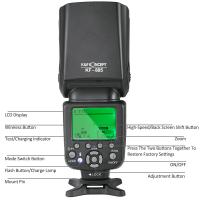
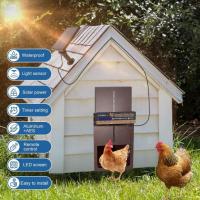




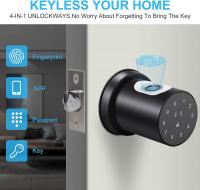

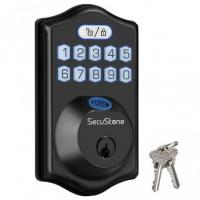



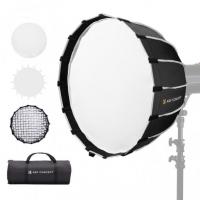

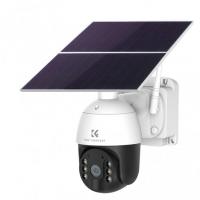
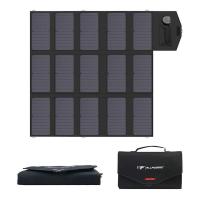




There are no comments for this blog.